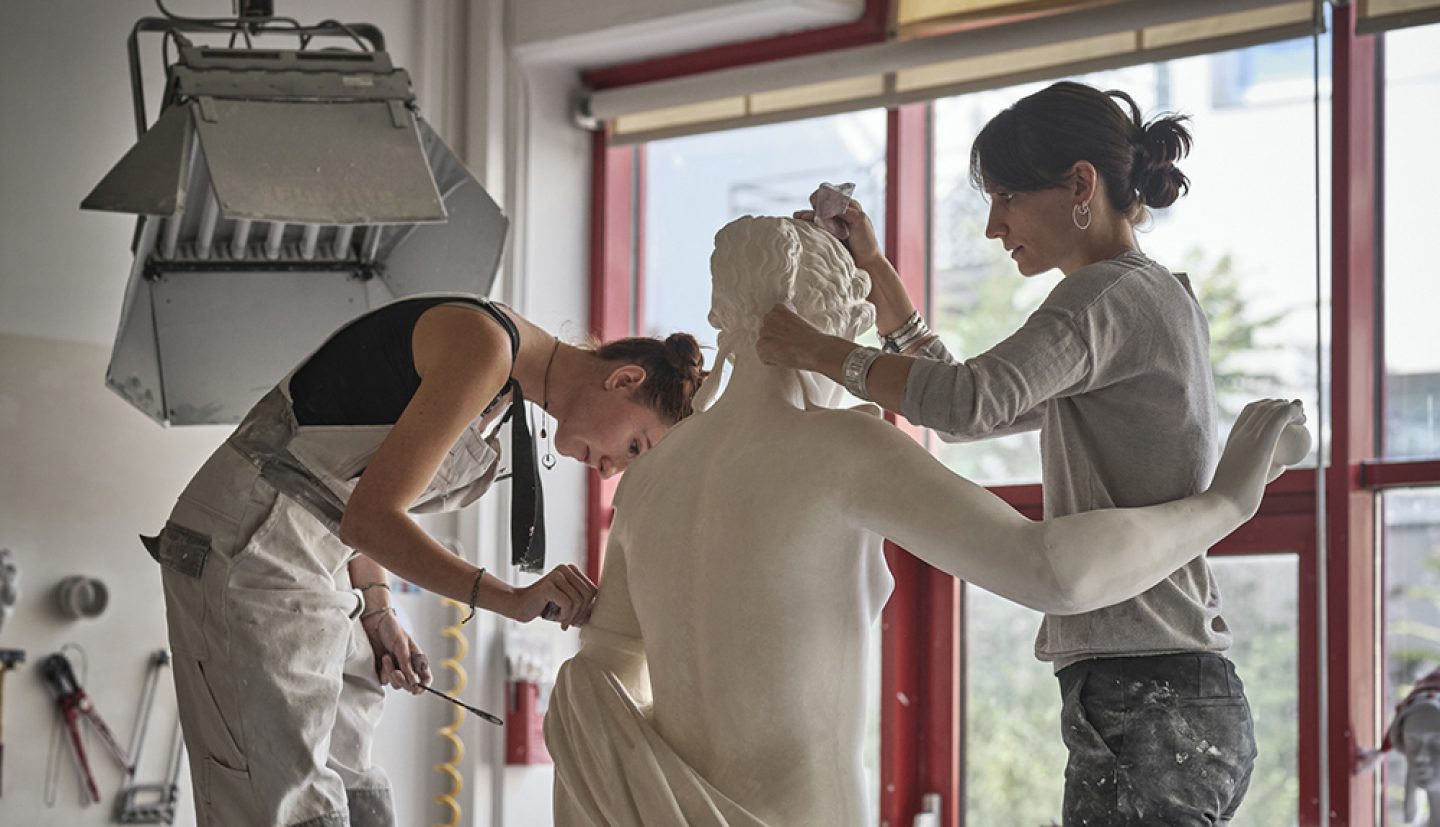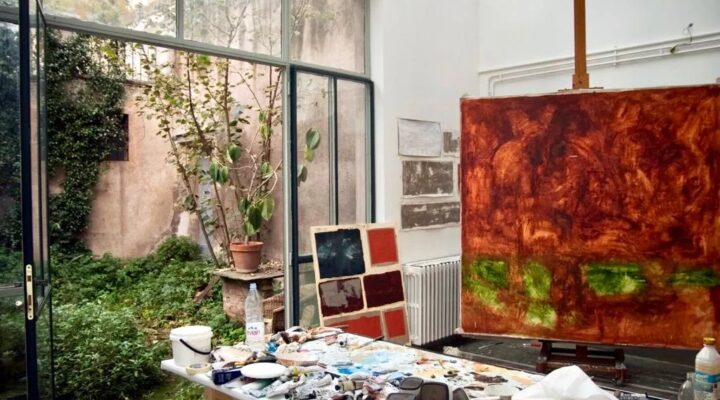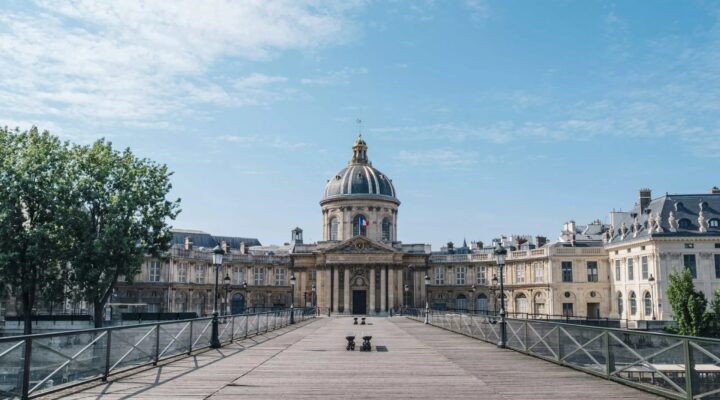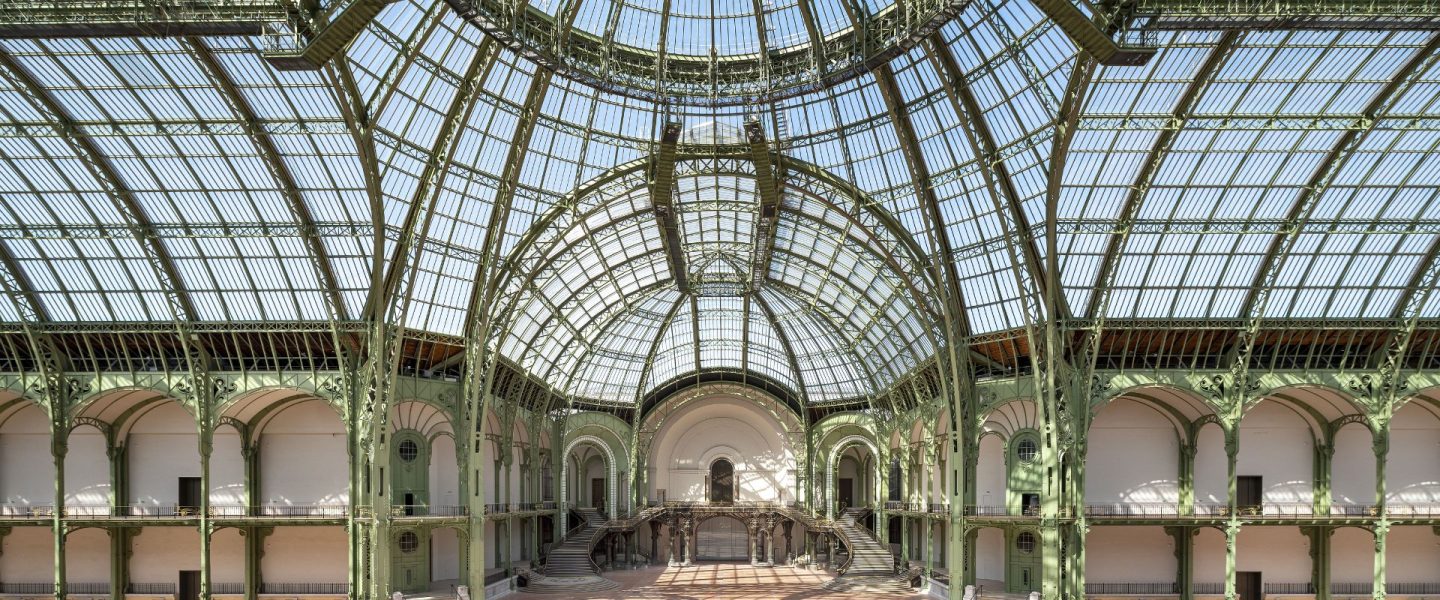
GrandPalaisRmn
While the Rmn managed most national museums throughout the 20th century, it also tied new partnerships with museums.
In 2011, the GrandPalaisRmn was born from the merger of the Réunion des Musées Nationaux and the Grand Palais, in order to constitute an international cultural operator to bring art and culture, in France and abroad, benefiting from an emblematic monument and drawing on the expertise and complementarity of the activities both institutions.
It draws on a wide range of expertise : exhibition production, visitor services, mediation, art history conferences, editorial activities by publishing of art books and cultural products, network of bookstores and art shops, photographic agency, acquisition of works of art for national collections, cultural engineering, digital innovation, etc.
GrandPalaisRmn brings its expertise at the service of cultural partners and territories, advising and supporting them in their development through cultural engineering operations.
Founded at the Louvre Museum in the late 18th century and part of the Réunion des musées nationaux since 1895, the art workshops have been a true conservatory of craftsmanship for over two centuries, combining cutting-edge techniques with traditional artisan practices. The GrandPalaisRmn moulding and chalcography (copper plate engraving) workshops allow partner establishments to reproduce and distribute the most iconic pieces in their collections.
The artisans are also dedicated to passing on the traditional techniques. Their know-how is safeguarded and handed down to apprentices and young artisans trained in French schools. As managers of one of the largest collections of copper casts, models and plates, they provide high-quality casts and engravings to expand their partners’ exhibition projects, create tactile galleries or present copies in public spaces.
In Japan, 15 casts from the GrandPalaisRmn’s art workshops will be on display at the World Expo Osaka 2025, organised by the French Pavilion, Osaka’s Nagai Park and the Kansai French Institute.
Elizabeth Peyton’s print, L’Ami (after Titian), was printed and engraved in the GrandPalaisRmn’s chalcography workshops. It joined the Louvre collection in 2024 and has been revealed at Art Basel Paris at the Grand Palais in the same year
The GRandPalaisRmn becomes a cultural institution of Comité Colbert in 2025.
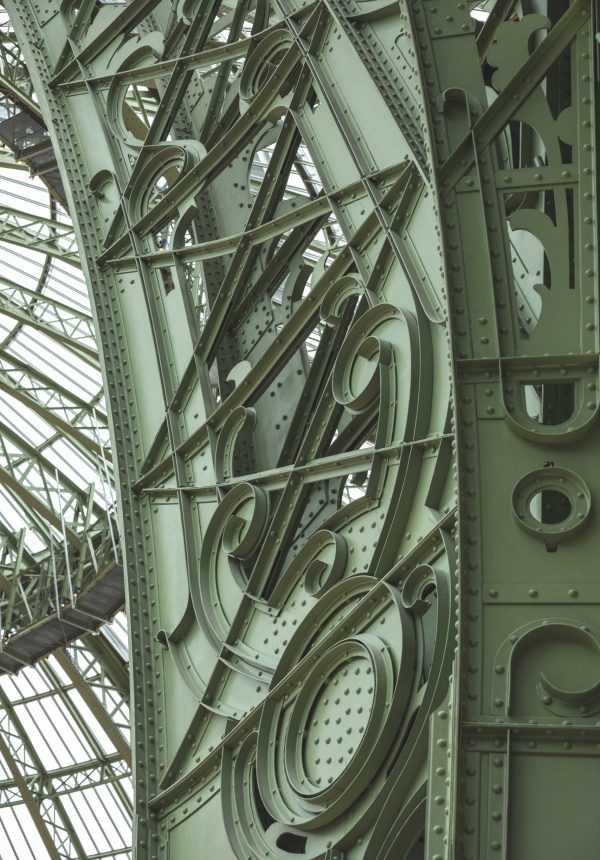
Its signature
Reseda Green.
A monument of stone, glass, and metal, the Grand Palais blends into the urban landscape, with reseda green dominating the composition.
This shade was the original color chosen in 1900.
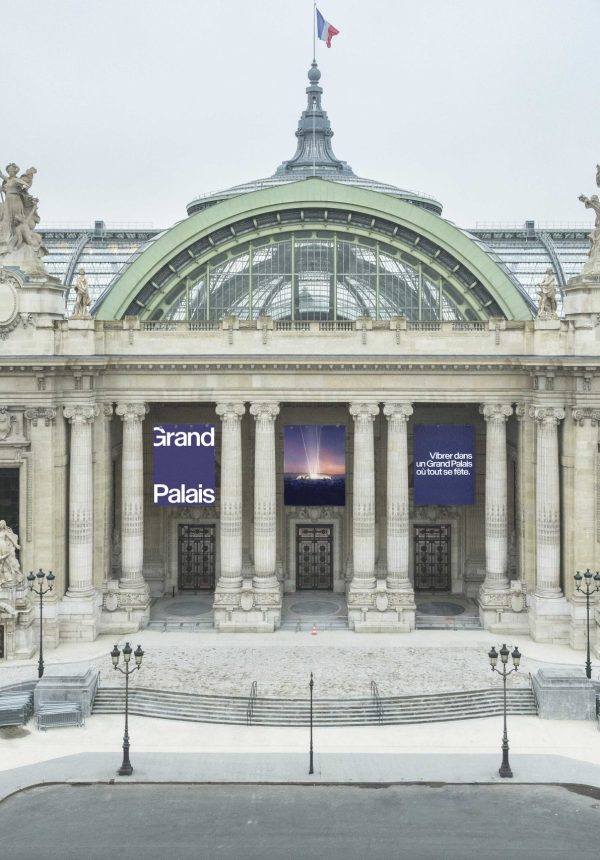
The address
Built for the 1900 World’s Fair under the direction of Charles Girault, the Grand Palais stands as an architectural jewel of the Parisian landscape and has borne witness to the history of the 20th century. Its monumental 17,500 m² glass roof and its bold fusion of Baroque and Classical styles make it a truly exceptional site. Erected in just three years thanks to the tireless work of hundreds of laborers and around forty artists, it is adorned with sculptures, mosaics, and frescoes that give it a magical atmosphere.
More than a century later, following an extensive restoration project led by Chatillon Architectes, the Grand Palais is reopening in 2025, fully modernized.
Behind its softly tinted facades and reseda-green metal framework, it is poised to enter a new era. Thanks to its modular design, the venue can host fairs, exhibitions, performances, conferences, and popular events. More sustainable and inclusive, the Grand Palais is transforming into a space for sharing and discovery, blending art, innovation, and immersive experiences. Its ambition? To offer a festive and creative testing ground that resonates with an ever-growing audience.
